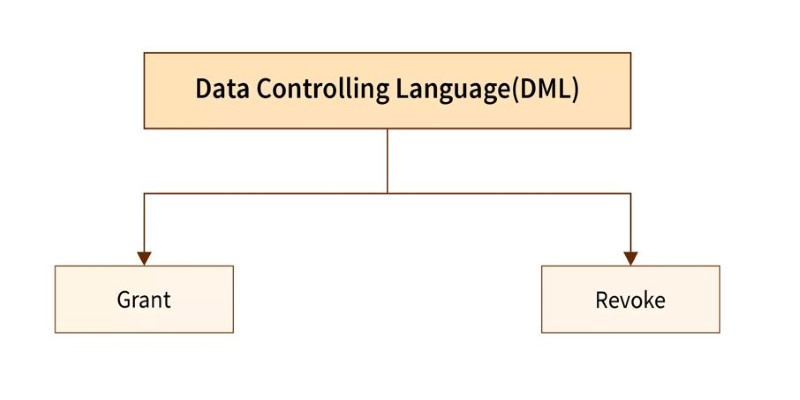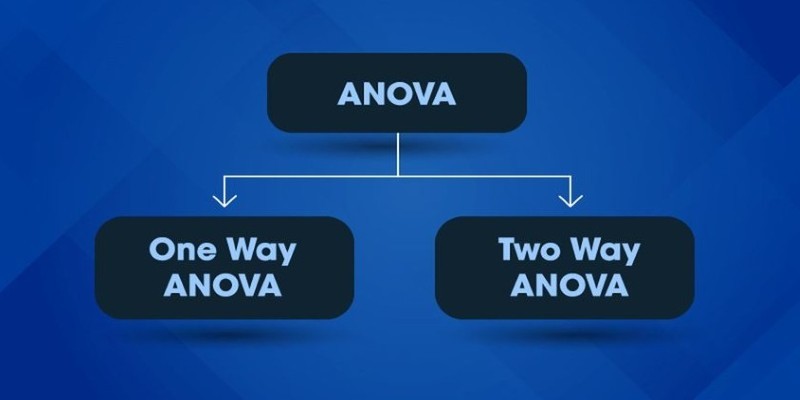When you think about databases, most people instantly imagine tables filled with endless rows of data. However, it’s not just about storing information. Managing who can see or change that information is just as important. This is where SQL's DCL commands step into the spotlight. They may not get the same attention as SELECT or INSERT, but they play a huge role in keeping data safe and properly managed. Without DCL, controlling access and maintaining order would be a complete mess. Let’s explore why these commands matter so much.
The Basics: What Does DCL Mean?
DCL stands for Data Control Language. It’s a small but mighty part of SQL, mainly focused on permissions and access controls. In simple words, DCL commands are used to allow or restrict users when it comes to doing specific actions on the database.
Imagine your database as a house. You wouldn’t want every visitor to have a key to every room, right? Some people can enter the kitchen but not the master bedroom. Others can walk around the garden but not touch anything inside. Similarly, DCL gives database administrators the ability to hand out keys — and take them back — depending on who needs access.
There are only two primary DCL commands: GRANT and REVOKE. That’s it. Just two. But don't let their simplicity fool you; their impact is massive when it comes to keeping your data organized and secure.
GRANT Command: Opening the Right Doors

The GRANT command is like handing someone a permission slip. It gives a user the authority to perform certain tasks on a database object, whether it's a table, view, procedure, or even the database itself.
Here’s a very basic GRANT command:
sql
CopyEdit
GRANT SELECT, INSERT ON employees TO John;
What this does is pretty straightforward — it allows the user John to look at the data in the employees table (SELECT) and add new data to it (INSERT). John can’t delete anything, and he can’t update existing records. His permissions are limited to exactly what was granted.
Permissions can cover a range of actions like:
- SELECT: Read data
- INSERT: Add new data
- UPDATE: Modify existing data
- DELETE: Remove data
- EXECUTE: Run stored procedures
- USAGE: Work with sequences or schemas
One neat thing about the GRANT command is that it can be very specific. You could allow someone to only read a few columns instead of the entire table or only grant them access to certain stored procedures. This flexibility helps keep your database safe without slowing down work for those who need limited access.
Another part you might come across is the WITH GRANT OPTION. This allows users not only to use the permissions they were given but also to share them with others. It's like giving someone a key and the right to make copies of it for their friends. Naturally, you want to be very careful when using this feature.
REVOKE Command: Taking Permissions Away
Just as you can give permission, you can also take it back. That’s where the REVOKE command comes in. If the GRANT command hands out keys, REVOKE is about collecting them when needed.
Here's what a basic REVOKE looks like:
sql
CopyEdit
REVOKE SELECT, INSERT ON employees FROM John;
Now John can no longer look at or add records to the employees table. The REVOKE command undoes what GRANT did, and it can be targeted just as precisely. You can revoke some permissions while leaving others intact.
One thing to keep in mind: when you revoke permission from someone who granted it to others (using the WITH GRANT OPTION), you can cause a ripple effect. Everyone who got access through that person may lose it, too. It's a little like pulling one card out of a carefully built house of cards — things can collapse quickly if you're not paying attention.
Databases that follow standard SQL handle this pretty predictably, but some systems like Oracle, MySQL, or PostgreSQL have slight differences in how they process cascades of revoked permissions. It's always smart to double-check how your specific database handles REVOKE operations to avoid surprises.
Why DCL Commands Are So Critical
At first glance, DCL might seem secondary compared to creating tables or writing complex queries. However, in real-world use, controlling access often becomes one of the biggest concerns.

Think about it — whether it’s a banking system, a hospital's patient database, or an online store's customer records, the stakes are high. Allowing the wrong person access to sensitive information can lead to legal trouble, financial loss, or just pure chaos.
Here are a few reasons why DCL commands are absolutely necessary:
Security: Not everyone should be able to view or change sensitive data.
Organization: Different users need different levels of access, depending on their roles.
Accountability: When permissions are carefully given, it’s easier to track who made changes.
Maintenance: As teams change, you need to adjust permissions without rebuilding the whole system.
Performance: Giving users only the access they need helps prevent unnecessary queries and actions that could slow down the system.
Compliance: Many industries have strict regulations about who can access data, and DCL commands help meet those legal and audit requirements.
Using GRANT and REVOKE properly turns a database from an open playground into a well-guarded space where everyone can work safely and efficiently.
Final Thoughts
Even though DCL commands like GRANT and REVOKE don’t get as much attention as the flashier parts of SQL, they’re the silent protectors of your data. They make sure the right people have the right level of access and no more. Learning to use DCL commands wisely isn’t just a technical skill — it’s a major part of building a database that’s safe, efficient, and ready to support real-world needs.
Without proper control, even the best-designed databases can quickly become messy and unpredictable. Paying attention to DCL today can save you from much bigger problems tomorrow.











